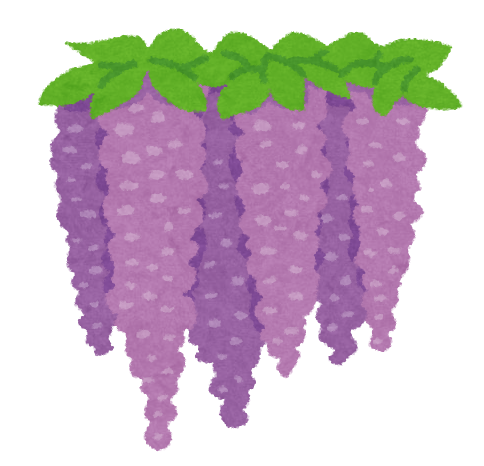Description
The students make groups. Each group gets some small cards with the vocabulary on them. The teacher picks a keyword. Students put that card in the middle of their group.
The teacher calls out random vocabulary words and the students repeat. When they hear the keyword, they try to grab the card. The student that grabs it wins one point.
Notes
- For younger students, it’s best to have them put their hands on their heads while they’re listening, to prevent cheating.
- If a student makes a mistake, it’s best not to have a penalty so they don’t lose motivation.
- It’s easier if students don’t need to repeat the keyword before trying to grab the card.
- It’s best to introduce this game after the students are familiar with the regular version of the game.
